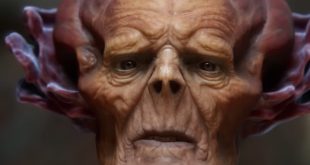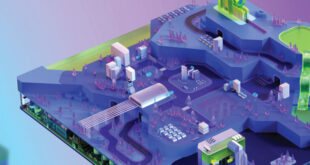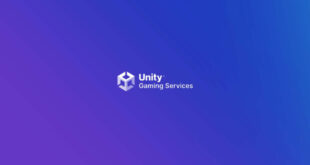Abe’s Oddysee was a marvel when it arrived on the original PlayStation in 1997. Taking control of Abe, a scrawny, inquisitive alien critter, players explored a totalitarian sci-fi world with a comedic edge. At the time, it was pioneering title not just for the console, but as a forbearer of gaming’s boundless potential.
More than 15 years after Oddworld creator Lorne Lanning and his team gave birth to one of gaming most unlikely heroes, Yorkshire-based developer Just Add Water is revitalising Abe and his original adventure from the bottom up for a new generation of consoles and a new audience of gamers.
Titled Oddworld: New ’n’ Tasty, the game will retain the original game’s 2.5D perspective and gameplay, which blended less-than-athletic platforming with puzzle solving that frequently involved dialogue and interactions with fellow NPCs. But it’s also been given a complete visual upgrade along with remastered sound effects and music.
AN ODDWORLD OF ITERATION
In order to bring Abe up-to-date for today’s audience, Just Add Water selected Unity as the engine to power this new outing.
“The big thing for us was having a middleware that had been used in lots of titles, and on lots of platforms, but with a creative development environment, and that’s exactly what we got with Unity,” says Just Add Water CEO Stewart Gilray.
Fans of the original will remember the lovable, slightly slapstick animations that littered the gameplay. And Gilray says Unity was adept at helping JAW to create a game that plays the way Oddworld fans remember.
“It made quick iterations extremely simple. Even now as we approach the end of development we can have a new idea and have it up and running in minutes. This has been a massive help throughout development,” he says. “It didn’t directly help bring the gameplay up-to-date, but it allowed us to concentrate on the game itself and not having to wrestle with an engine that perhaps was bloated for what we needed. So we spent more time making a game, than working out how to make a game.”
In fact, Gilray says the ability make quick tweaks, and to be instantly able to test it in-editor, without having to build complex data and wait for a period of time while that happens, was one of the biggest advantages
of using Unity.
As for possible improvements, Gilray says: “Ironically, Unity 5 handles a bunch of the things we’ve wanted addressed – things like a 64-bit editor, whereas it was 32-bit in the previous version. Also since Unity 4.3 we’ve had Perforce integration, which is a massive boon for a professional studio such as ours.
A better a-sync streaming system, too.”
A TASTY COMBINATION
Gilray and his team learned a lot of lessons telling Abe’s origins, including improving their technical prowess and knowledge of Unity’s capabilities. When it comes to Unity itself, he says not using the Unity Asset Server was a big lesson. “We prefer sticking with something like Perforce, especially for bigger projects like
New ’n’ Tasty, which weighs in at around 19GB of raw data,” he explains.
Communication is key in Oddworld games, just as it is in any development team. And the engine certainly appears to give Just Add Water the flexibility to approach the project in a manner that suited them best.
Finally, on the subject of whether he would recommend Unity to other developers, Gilray says: “Definitely, if you want to work on a system that ‘just works’ and has amazingly quick iterative development environment, you’d be nuts not to use it. That, coupled with the network of Asset Store developers out there, and you can make some truly remarkable looking titles.”

 MCV/DEVELOP News, events, research and jobs from the games industry
MCV/DEVELOP News, events, research and jobs from the games industry



